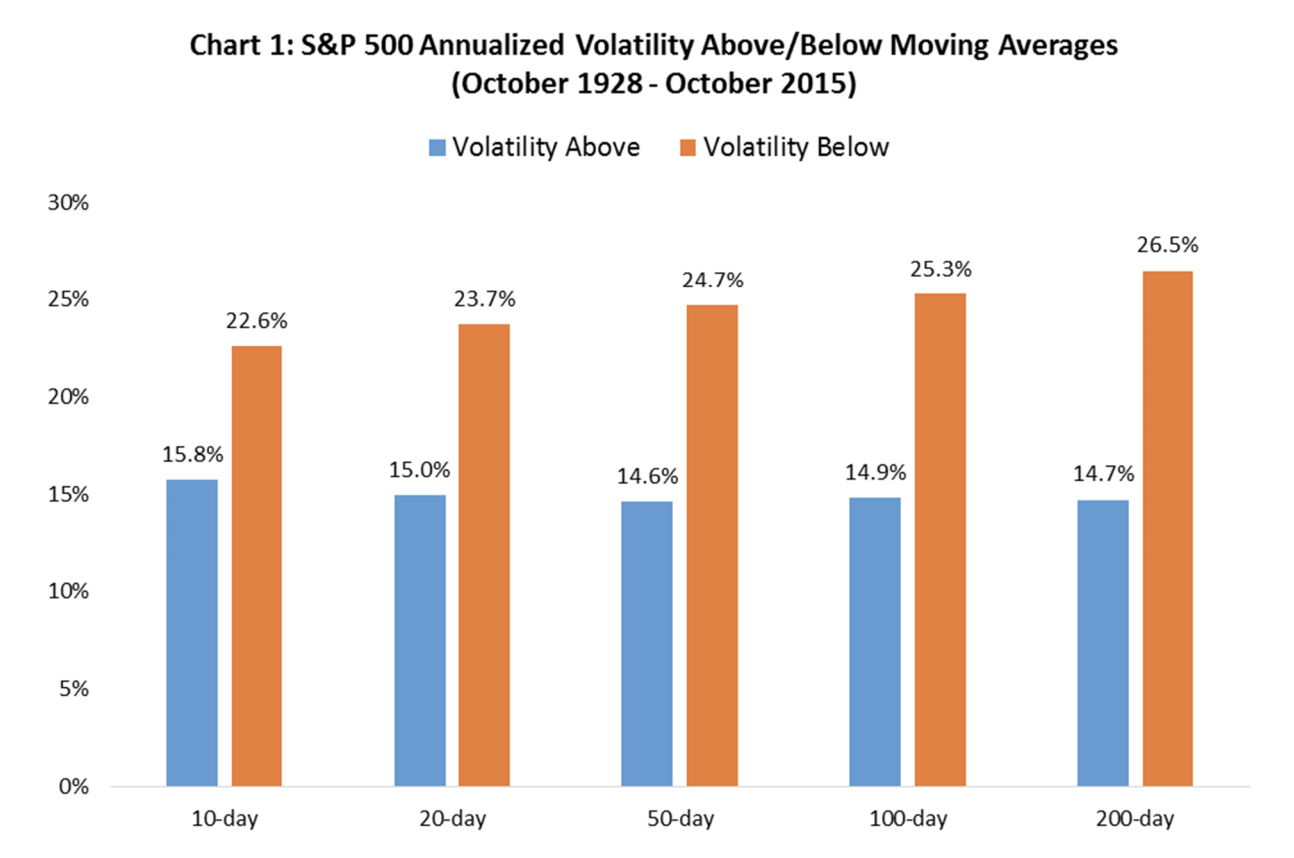

FactSet (a) does not make any express or implied warranties of any kind regarding the data, including, without limitation, any warranty of merchantability or fitness for a particular purpose or use and (b) shall not be liable for any errors, incompleteness, interruption or delay, action taken in reliance on any data, or for any damages resulting therefrom. Source: FactSetĭata are provided 'as is' for informational purposes only and are not intended for trading purposes. Change value during other periods is calculated as the difference between the last trade and the most recent settle. Change value during the period between open outcry settle and the commencement of the next day's trading is calculated as the difference between the last trade and the prior day's settle.

Sources: FactSet, Tullett PrebonĬommodities & Futures: Futures prices are delayed at least 10 minutes as per exchange requirements. Sources: FactSet, Tullett PrebonĬurrencies: Currency quotes are updated in real-time. Sources: FactSet, Dow Jonesīonds: Bond quotes are updated in real-time. Sources: FactSet, Dow JonesĮTF Movers: Includes ETFs & ETNs with volume of at least 50,000. Stock Movers: Gainers, decliners and most actives market activity tables are a combination of NYSE, Nasdaq, NYSE American and NYSE Arca listings. Overview page represent trading in all U.S. Indexes: Index quotes may be real-time or delayed as per exchange requirements refer to time stamps for information on any delays. Copyright © FactSet Research Systems Inc. Fundamental company data and analyst estimates provided by FactSet. International stock quotes are delayed as per exchange requirements. stock quotes reflect trades reported through Nasdaq only comprehensive quotes and volume reflect trading in all markets and are delayed at least 15 minutes.

Neither, I'd research more funds if you're looking to invest for retirement.Stocks: Real-time U.S. I'd look into more funds to find one with a higher FI Score. Neither of these funds has an FI Score above 90 – which is a A higher FI Score doesn't mean future growth will be higher, but it does mean that it better fits criteria for a good fund. Since both of these have a similar FI Score, the difference between these two if minimal. Running both of these funds through Minafi's

A large fund by itself doesn't mean it's aįund, but it is one thing to consider when figuring outįunds, you'll most likely only need to invest in one of these funds – not both. Minafi categorizes both of these funds asįund size is a good indication of how many other investors trust this fund. Have a similar number of assets under management.
#Tqqq expense ratio how to
(specifically '2.2 - All About Fees') where I go over all the different types of fees you can be charged and how to lower them. If you're just getting started investing and learning how fees impact your portfolio, I'd encourage you to read through my The difference between a 2% fee and a 0.04% fee over 30 years can result in your portfolio having The lower the score, the farther down in your portfolio a fund would go.įees are one of the biggest killers of portfolio growth. A score of 10 means that this fund (or one like it) belongs in a These scores are based on when most investors would add these funds to their portfolio. The lower the score, the more specific the investment. This doesn't mean it's a worse fund, but it does mean you should stop and make sure this a fund you need toĪ score of 10 means this is a solid market and category that almost every investor will want to have investments in. The more niche a fund is, the lower the score. Takes into account the category and market. Fund Holdings Comparisonįunds – which means they're likely both investing in about the same investments behind the scenes. Let's look into these criteria one by one and see if either of these funds stands out. When evaluating a fund, the first things I look at are: The difference between ETFs and Mutual Funds. To learn more about the difference between these two, you can read about Most 401(k)'s allow for investing down to the penny, but you'll want to verify your platform allows for "fractional ETF Shares". So if an ETF is going for $75, you may need to invest in increments of $75. The biggest disadvantage of ETFs is that some platforms only allow you to purchase ETFs in whole shares. Since these are both ETFs, you may be able to find these at a wider number of Mutual funds are often limited to only the issuing investment brokerage. ETFs have an added bonus over mutual funds of being more widely available.


 0 kommentar(er)
0 kommentar(er)
